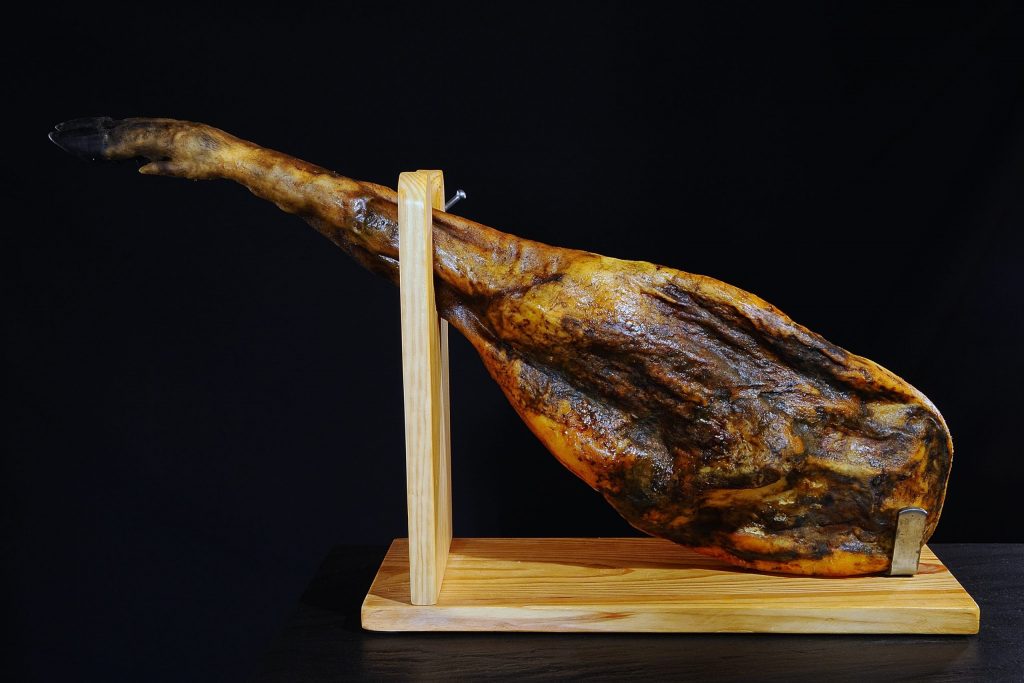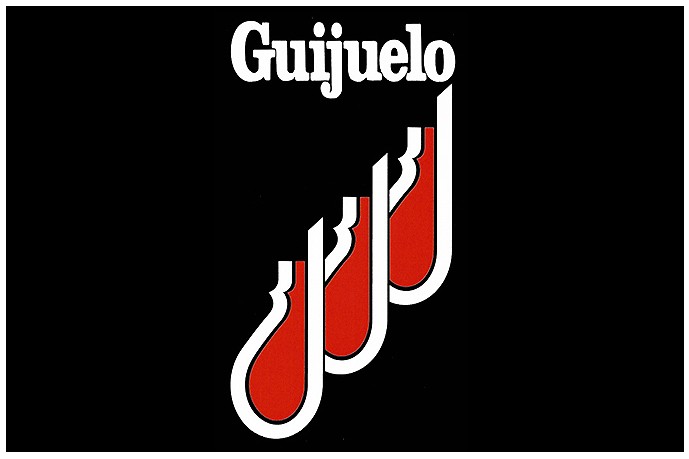Surely, it is something you have ever wondered. And, if you are an observer, you will have appreciated that the price of ham has been progressively increasing during these years. We, as you know, we love it, as well as most Spaniards, because it is part of our most traditional gastronomy, which we are used to. But it has also been gaining adherents outside our borders, and this means that production, which is limited, has to adapt to an increasingly high demand. Next, we tell you what are the decisive factors to set the price of Iberian ham.

- The offer is limited: Let’s start with the data. The production of Iberico hams and shoulders is reduced to 850,000 pigs per year, and to this, we must add the 36-month healing process, which cannot be shortened under any circumstances. We know that this is so, because since the Cañete Law came into force, the regulations require that the hams be sealed, indicating the time of curing and whether they are acorn-fed or not, with which, when we see this seal on a ham, we know that we are talking about a quality ham with a correct curing time and that there ispossibility to be cheated.
In addition to the production and curing data, we add that the number of pigs per hectare is limited for rearing, to guarantee the animal’s well-being. All of these, as you can see, are circumstances that limit the wholesale production of Iberian ham.
- Climate change: The montanera, the period in which the pig roams freely in the pasture, to feed on acorn, has been affected by the lack of water that causes the acorn to not acquire a sufficient size and fall earlier of its maturity date. This lack of rain is also the cause of low grass production, necessary to achieve a balance between fat and muscle in the animal.
- Pests: To the difficulties listed above, we add another one that has emerged in recent years known as the dry plague, through which the trees that are part of the pasture, the oaks and cork oaks are victims of the Phytophtora cinnamomi, which attacks the roots, and chokes the tree, making the subsoil useless.
The conditions for production are not easy, and while demand continues to grow, tourists from France, England or Germany are already regular consumers of this product. Not to mention China, although its main requests focus on the white pig.
In short, Iberian ham is a difficult product to produce and, in addition, highly valued in the market, hence the rise in its price quotation.
But you have nothing to fear, even if prices rise, we will never be without our wide variety of Iberian ham.
See you in the next post!

 Español
Español
 Català
Català  English
English Français
Français Deutsch
Deutsch Italiano
Italiano Dutch
Dutch




